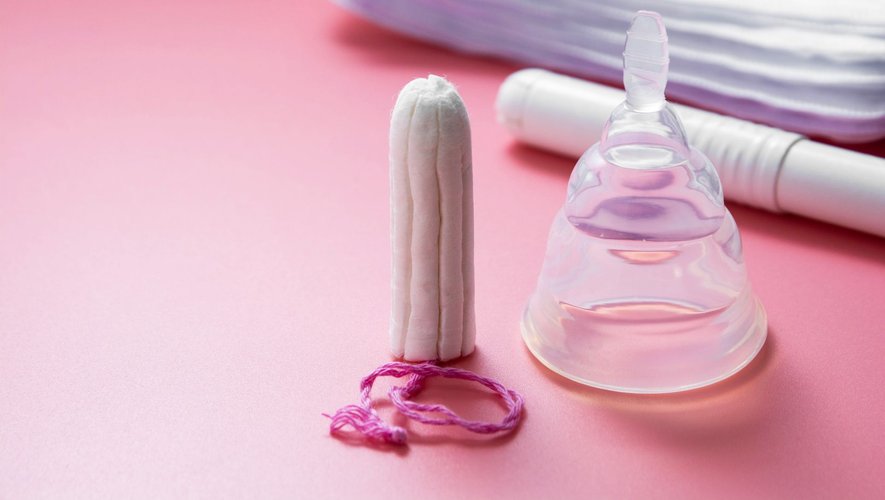On the occasion of World Menstrual Hygiene Day, ANSES warns of menstrual toxic shock syndrome (TSS). Caused by the combination of a bacteria present in some women and wearing a tampon or menstrual cup, it can lead to death if not properly cared for.
It is very rare but serious enough for the National Health Security Agency to warn of its dangerousness. On the occasion of World Menstrual Hygiene Day on 28 May, ANSES recalls good practices in terms of internal intimate protection. Objective: to prevent menstrual toxic shock syndrome (TSS).
It is a serious disease, which can cause amputation – necrosis sometimes occurring in the tissues of the extremities – or even death. “Staphylococcal toxic shock is a serious acute disease that can occur during menstruation when using vaginal devices (tampons, menstrual cups) in patients who are often young, in good health and carriers of the bacterium S. aureus producing TSST- 1 at the vaginal level”, explains the Hospices Civils de Lyon; TSST-1, being the toxin responsible for TSS. According to Professor Gérard Lina, microbiologist specializing in this syndrome, quoted by the civil hospices of Lyon, “20 to 30% of women are carriers of Staphylococcus aureus”.
Not all carriers of the incriminated bacterium will have a toxic shock. Several factors are involved, knowing good practices helps to avoid it.
What are the best practices ?
Thus, according to ANSES, it is important to:
- Do not keep your protection for more than 6 hours
- Wear only one protection at a time and only during menstruation
- Favor external protections such as sanitary napkins or menstrual panties for the night
The health agency recalls that the risk of SCT is favored by the prolonged wearing of internal protection and/or the use of internal intimate protection with a stronger absorption capacity than necessary.
What actually happens? When you keep a tampon or a menstrual cup too long, the blood stagnates in the vagina, which favors the multiplication of the bacteria S. Aureus. It then secretes the famous TSST-1 toxin which spreads through the body via the bloodstream.
What are the symptoms ?
First, the symptoms are non-specific: fever, headache, rash, diarrhea, vomiting. If the patient is not treated urgently, “toxic shock can lead to organ failure, coma, and even death,” underlines Inserm.
ANSES calls for clear indications of the risks of TSS to appear on the packaging and instructions for use of sanitary protection. She also recommends better training of caregivers on TSS and its symptoms.

